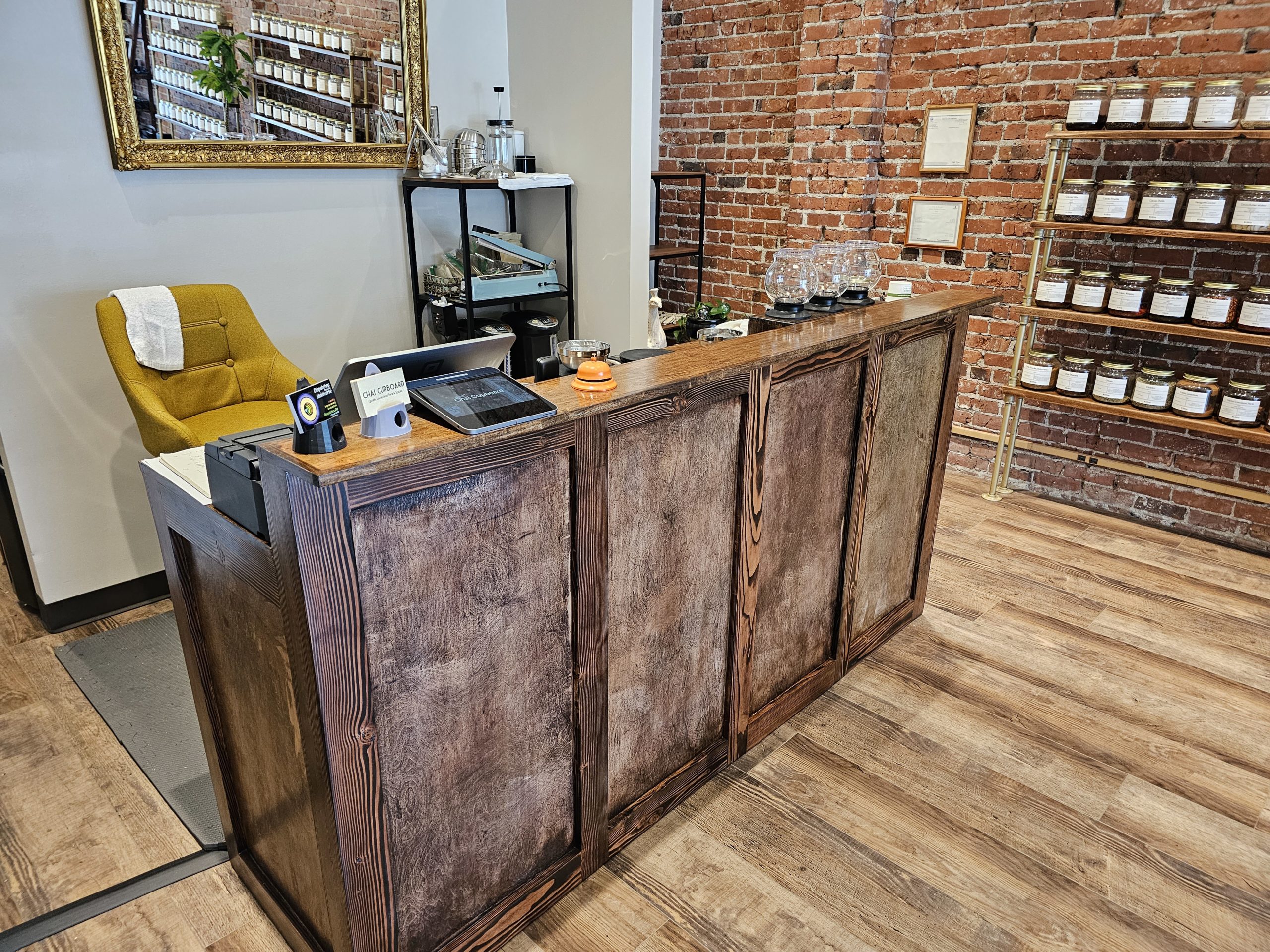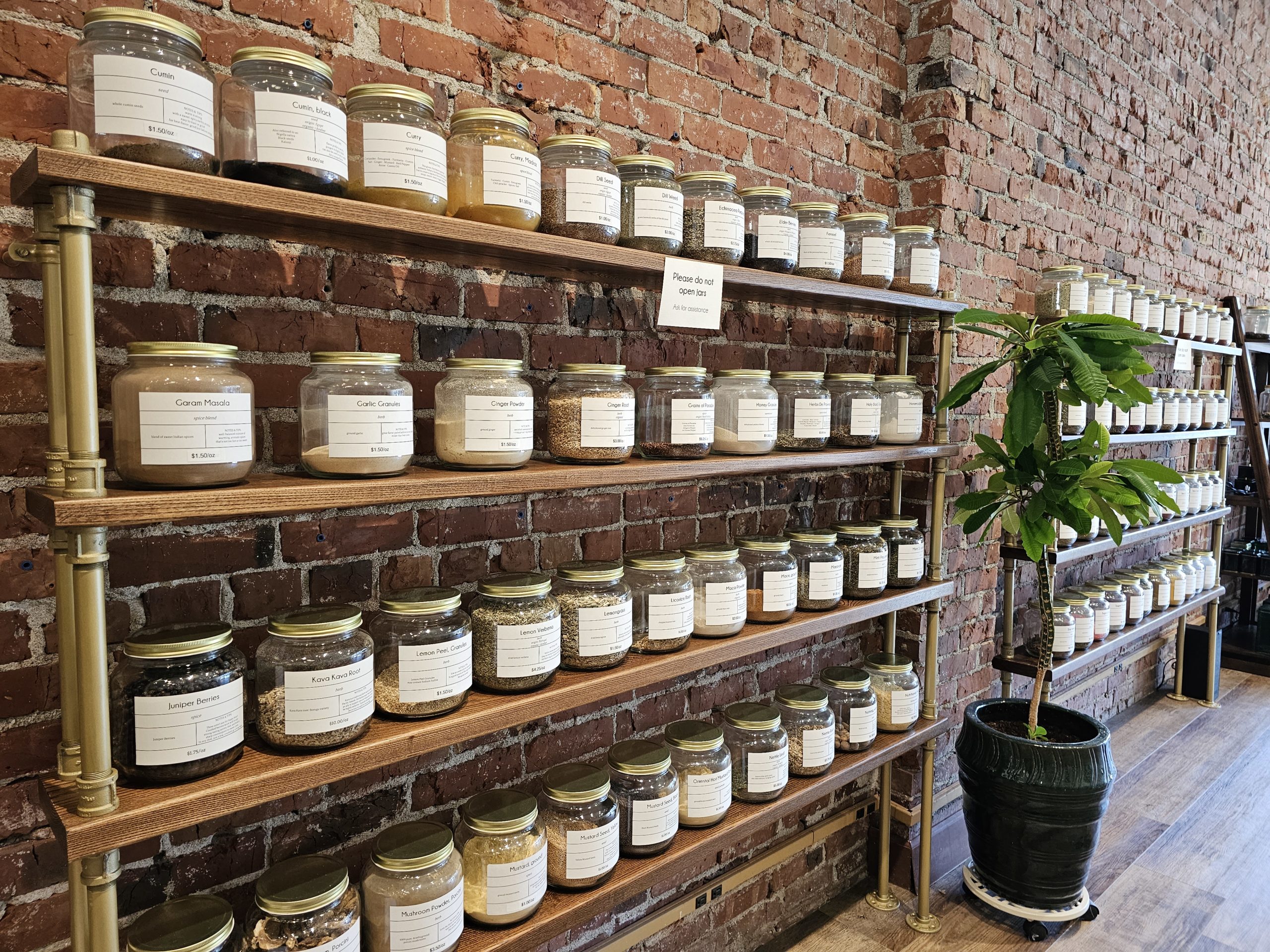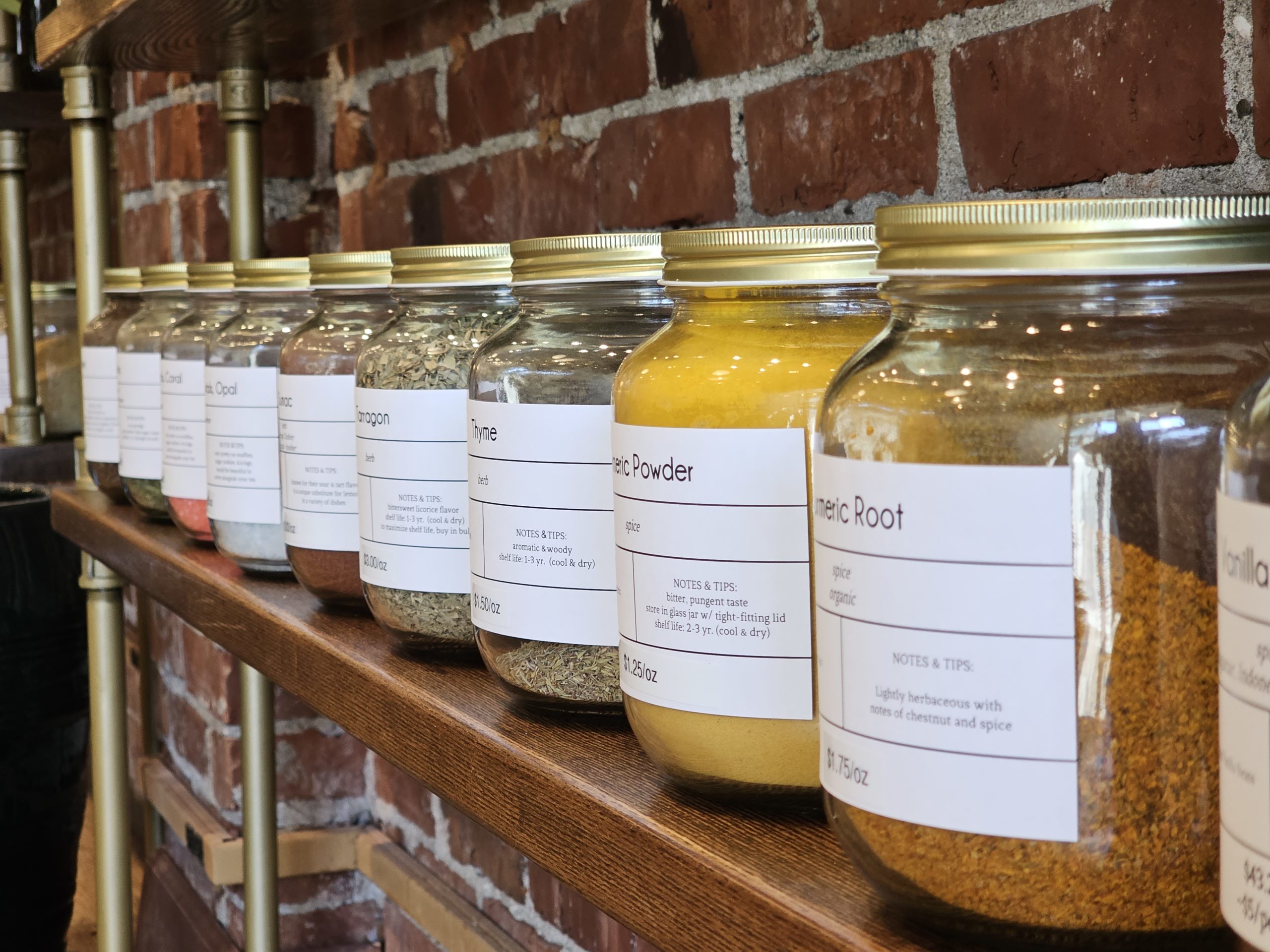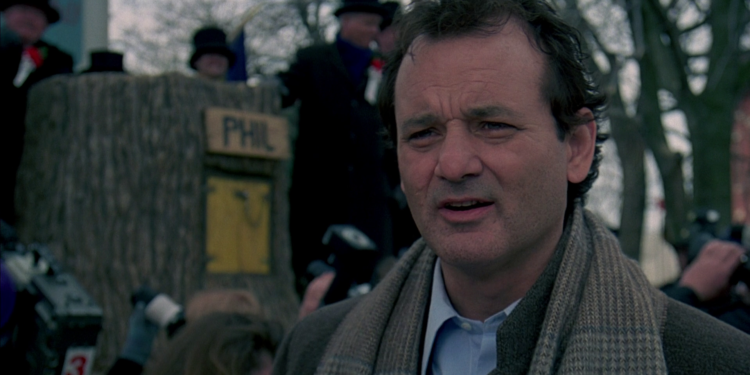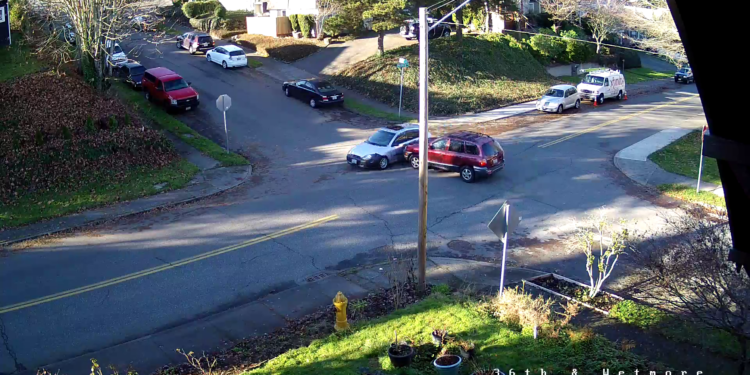After seven years, 300 episodes, 120+ hours of content, and countless time spent editing, today I posted the grand finale of my weird, dry, improvised audio drama podcast, Dispatches from the Multiverse.
During our run we’ve had what I would describe as “mild success.” Across the entire series, we got over 700,000 downloads / streams. Our first episode accounted for about 10,000 of those listens, but most episodes tended to get around just 1,500. We run a listener Discord that has about 30 members, and a Patreon that topped out at just over 30 paying members.
We saw slow but steady growth in listenership for about the first three years of the show, but around 2022 things sort of plateaued, and we couldn’t seem to reach a larger audience. That stagnation, combined with the fact that we had an unexpected addition to our family in 2023 led me to finally make the decision to bring the show to an end.
Now that it’s over, I thought it would be cathartic for me and possibly enlightening for others to share some thoughts about what we did well and where we fell short.
What we did well
First and foremost, we connected with our listeners, as evidenced by this excerpt from a recent email I received from one of them:
The world you created was funny, quirky, different, mysterious, and totally immersive… it’s something I feel really connected to. … The show you’ve made is amazing, the extent to which you’ve created and produced it is amazing, and you really have done some great work for many people with no profit to yourself. and that in itself is amazing.
That’s just a small part of a very kind note that one of our listeners recently sent us, and it makes me feel so great about what we’ve created. Thank you so much C.L. for sharing with us.
As for the nuts and bolts of it, I really feel like our show had great quality audio, good editing, and most importantly it was fun to listen to (and to make). I didn’t spend a ton of money on my setup, but I did at least buy some decent mics and try to treat the recording space to minimize echos, and in my opinion, that effort paid off. I also personally put hours of work into editing every 20 to 30-minute episode, choosing just the right sound effects, background ambience, and deliberately pacing our lines to maximize comedic timing.
We were also very consistent in our release schedule. For the first five years, we were a weekly show, and a new episode went up every single Tuesday morning, without fail. Around the five-year mark my wife and I had a baby so the show made a pre-announced move to monthly for a year, then to every-other-week for the final year. Whatever our schedule was, we never published an episode late, or skipped a week, or uploaded a re-run or some other filler like an episode of some cross-promoted show.
Speaking of promotions, I am proud of the fact that we never ran any advertising. I get that people have to pay the bills, but I find most podcast ads to be pretty off-putting, and especially in an audio drama I feel like they really destroy the sense of space that a show is trying to create. So I’m glad we never did that—not counting the fake parody ad reads that we sometimes did for things like “ButterHelp Online Cow-nseling” or “ATEsleep,” which I always thought were pretty funny.
I also think that I did a pretty good job picking my partners for the show. Both of my co-hosts were willing to fully commit to the bit, and did a great job at it. The original co-host Scott is very clever and had such a great ability to deliver a broad range from deadpan to over-the-top silly. He decided to leave the show after about two and a half years, and I feel like we handled the transition well. We “wrote out” Scott’s character over a lengthy storyline and came up with an amusing in-universe explanation for bringing in J.R., the new co-host.
Since J.R. had already appeared as a guest in a good number of previous episodes he knew the feel of the show well. Plus, J.R. and I have known each other for nearly 30 years, so we had a great dynamic together on the show. Scott also brought his character back now and then in a series of guest appearances, especially for major milestone episodes, which was fun for both us and the listeners.
Where we fell short
Our biggest challenge throughout the run of the show was probably the same as most shows: awareness. It’s just really hard to get your show in front of people who might enjoy it, and get them to actually give it a chance. The struggles of the attention economy are real.
The only big success we had in marketing the show was when I managed to get an ad at the front of Episode 7 of “Unseen,” a new show made by the crew that created the popular podcast Wolf 359. I took a gamble and backed their Kickstarter at a tier that allowed me to be a sponsor of an episode, which ended up driving a pretty good number of new listeners to our show when that episode dropped in December of 2020. But other than that, we never really managed to grab much attention.
We tried experimenting with ads on various social media channels. We tried posting regularly on social media. We tried engaging with relevant communities on Reddit. We consistently brought on guests and asked them to share the show. Nothing ever really moved the needle.
It’s also worth noting that during the lifetime of our show, more and more people began to get their podcasts from YouTube for some reason. We did try putting the show on YouTube, but for an audio drama there really isn’t a good way to create a compelling video component without a huge budget for something like custom animation. Even Hello from the Magic Tavern—one of the most popular, longest-running audio dramas out there and a big inspiration for our show—only gets a few hundred views per episode on their YouTube videos, which usually just run a generic looping animation of the three hosts as the video component.
Another angle I tried was getting press. There isn’t a ton of podcast-specific media out there, but there are a handful of people who write about podcasts on sites like The Verge, Vice, Vulture, The A.V. Club, and BoingBoing. I wrote personalized pitches to quite a few of the specific authors who had written about other shows similar to ours, but literally never heard back. Just total radio silence. Similarly, we never manage to get any traction with any of the various awards that are out there recognizing podcasts, which can often be a gateway to getting press, and vice-versa.
What held us back
Looking back, I can identify a few things that I think might have limited our success. First off: the show’s name.
I spent a pretty good amount of time brainstorming names for the show, rejecting ideas like “Dimension Cast” and “Multiverse Pop” before eventually settling on “Dispatches from the Multiverse,” but in hindsight I think I should have kept looking, for two main reasons. First, I think the name is a bit too long. It’s kind of a mouthful, and not as memorable as something shorter could have been. Second, I think putting “multiverse” in the title may have been a mistake due to that word’s strong association with comic books in many people’s minds. If people thought our show had something to do with comics, but they weren’t interested in that, they might have just immediately passed us by. Or if they were interested in that but listened and found out we had nothing to do with comics, they might have been disappointed.
Another thing that limited our reach was the fact that I’m just not well-connected with influential people. If you know the right people it’s easy to get press to review your show, or people with large audiences to post about you on social media. Even painfully mediocre podcasts hosted by celebrities can pull in a large number of listeners purely on the strength of their connections and pre-existing fan base. Unfortunately we just don’t know enough of those “big name” people.
My co-host J.R. also had some thoughts about why we hit a plateau:
It is a little mysterious that the show didn’t take off, to me. Probably this is because I think we are funnier than we really are? It seems strange that a podcast of reasonable quality without constant ad interruptions should do better than other podcasts of similar quality that have ads.
I suspect the market for podcast discovery is not really driven by pure quality. I remember hearing about research into which songs will take off in a group of people. I remember they ran experiments multiple times, and the songs that soared in popularity and “went viral” in the group were more or less random. In other words, any media that meets a minimum quality bar can “go viral”, and most of it is just luck. At least, that’s what I remember. I don’t have links or anything, nor do I plan to go hunt it down. However, if this is true, the lesson for me is not “make something great,” but “take lots of shots on goal” with things that are “good enough,” whatever that means.
While we did have a good fan base, they apparently weren’t the type to enthusiastically share our show online. Whenever I’d see a thread on /r/podcasts of someone looking for recommendations, none of our fans showed up to promote us. Back when Twitter was fun and not a dumpster fire of hate and ignorance I would regularly search on there to see if people were talking about us, only to come up empty. I don’t know if we just never reached a critical mass of fans to see that kind of organic promotion or if our listeners just didn’t think we were that good, so they chose not to share.
It’s also entirely possible that our biggest problem was that the show was just too weird and/or too niche. Personally, I thought it was pretty funny, but I recognize that I don’t have a typical mass-market sense of humor. Maybe there just aren’t that many people out there who would enjoy listening to a dry, weird show about visiting parallel dimensions.
Closing Thoughts
To be clear, I am very pleased with the podcast as a whole. I am happy that we created it and proud of the finished product. While I have some minor regrets about our execution, there is very little I would change about the content. I still laugh at our episodes when I re-listen to them, and frankly I am in awe at the sheer volume of the ridiculous, complex lore we created. We have received some very nice emails from fans through the years who love what we’ve made and I hope more people will continue to discover it even though the show is complete.
From J.R., a.k.a. Jack Strobe:
Another measure for success of a project is: did I make the world a better place than it would be without this project? For Dispatches, I believe we pretty clearly did. For people that share our sense of humor, and happen to find us, they get many hours (hundreds?) of free entertainment. Our existence also makes it just a hair more difficult for someone to fill that niche with a more commercial product with annoying ads. I think the world is a better place because of this podcast.
From Scott, a.k.a. Wilson:
I like J.R.’s comment about the world being a better place with the podcast in it. I honestly think it’s one of the coolest things about being a part of it. Knowing that I was able to make someone laugh who I’ll probably never meet, who potentially lives an ocean away from me is just incredible to me. I love the idea that we made someone’s day just a little bit better. What more can we ask for?
I am immensely grateful to the listeners and it was an absolute pleasure to work with Tim, J.R., and the other random bunch of misfits we assembled to do the show.
A highlight of my life. Thank you Tim for including me.
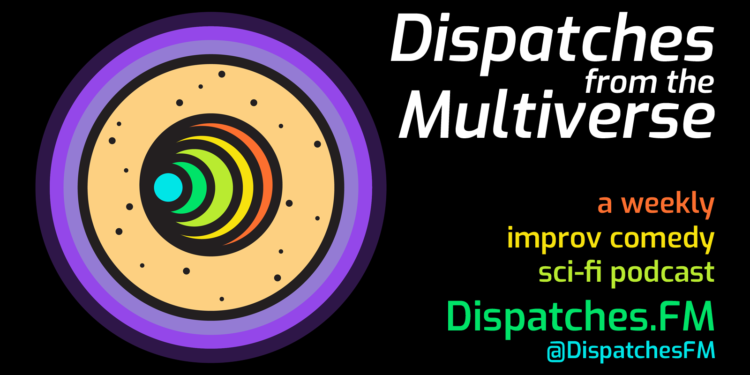

 R.I.P. My Tech Career: 2010-2022
R.I.P. My Tech Career: 2010-2022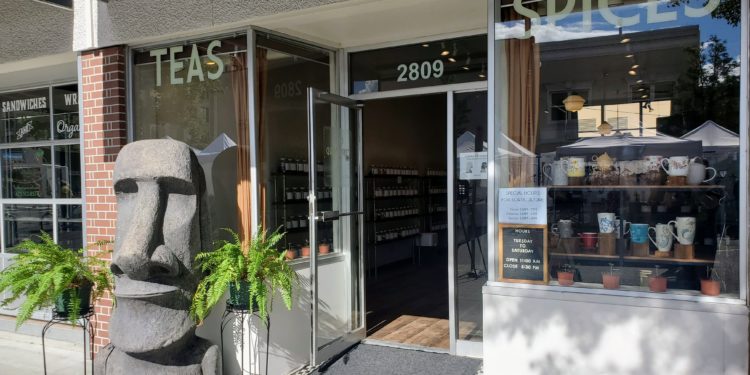
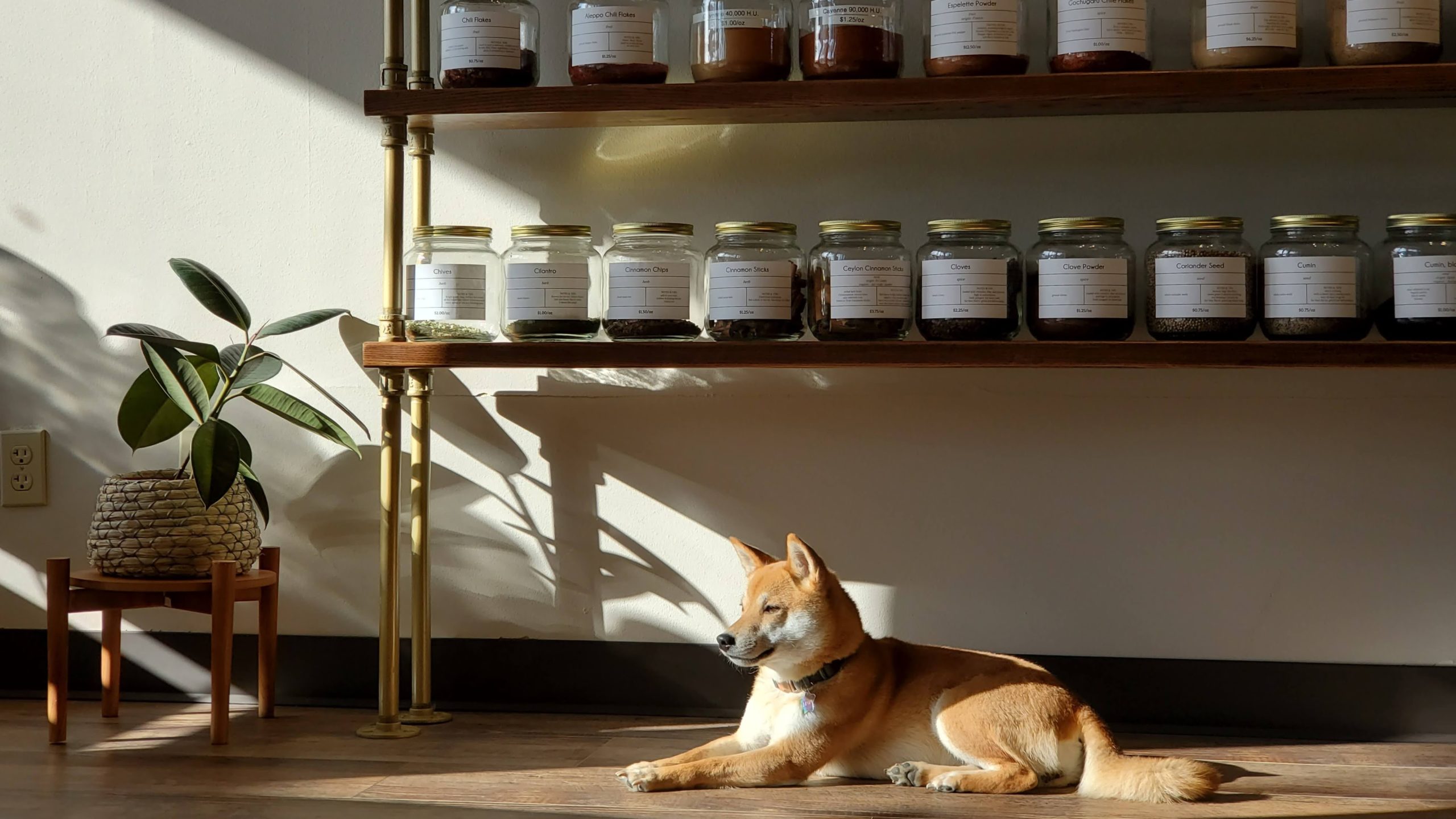
 We applied for a second grant in hopes of still moving forward, but were denied. So the full tea bar idea is dead unless we find a whole new location with a proper restaurant kitchen, which would of course have much higher rent, somewhat negating the benefit of opening the tea bar at all.
We applied for a second grant in hopes of still moving forward, but were denied. So the full tea bar idea is dead unless we find a whole new location with a proper restaurant kitchen, which would of course have much higher rent, somewhat negating the benefit of opening the tea bar at all.